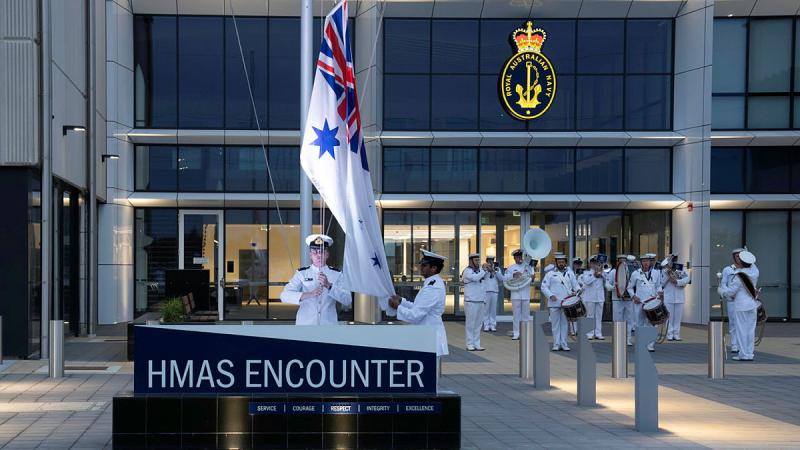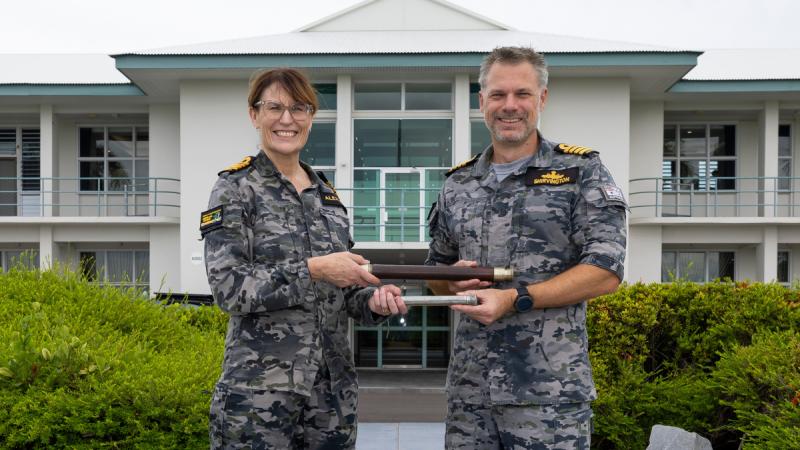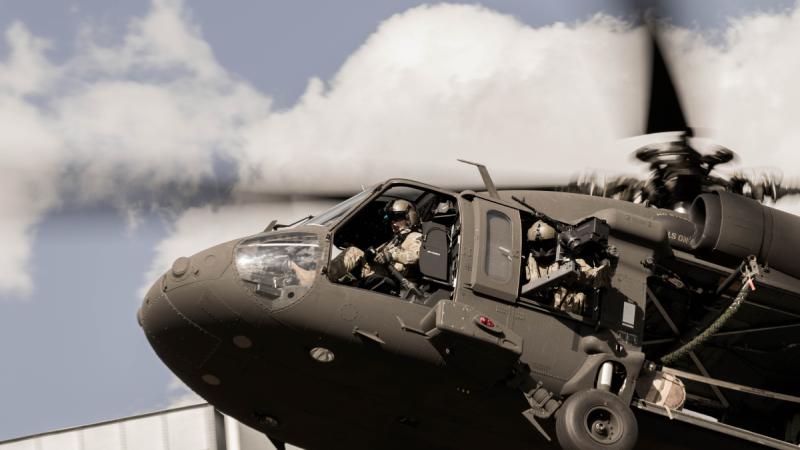19 June 2024
Firing radiation through people’s bodies is routine for radiographers, but doing so on soldiers in war zones sets Army radiographers apart.
This means everything from broken bones to cardiac issues and pneumothoraxes can be quickly diagnosed in the field using equipment such as portable X-ray and ultrasound machines.
Captain Hannah Wylie, of 3rd Health Battalion, discovered the job midway through her Bachelor’s degree in diagnostic radiography, spotting an online ad for Army radiographers.
“I liked the idea of having a challenge rather than just a routine day-to-day hospital job,” she said.
Coming through the Defence University Sponsorship Scheme, Army covered Captain Wylie’s last year of tuition, before she commissioned in 2016.
“I like the excitement of Army, the different skills we gain, and the various environments we end up working in,” she said.
Captain Wylie recently took part in Exercise Rhino Run, a 9 Brigade-led activity hosted at Cultana Training Area, where the manoeuvrable surgical medical-treatment facility, the Role 2 Basic, was deployed.
Radiographers typically find themselves within general health care and not positioned any closer to the frontline than the Role 2 Enhanced facility.
“This is the first time in recent years we’ve come as far forward as the combat service support teams. This allows for a definitive diagnosis to occur and assist with decision-making for patients requiring evacuation,” Captain Wylie said.
Radiographers working in the field need to be mindful of radiation hazards, particularly X-rays, as they can cause harm if exposure is not properly managed.
“In a civilian radiography role, all those things happen behind the scenes, like lead-lined screens and walls, and you don’t have to think about it,” Captain Wylie said.
In the field, apart from lead aprons, no such infrastructure exists.
“We’ve worked with physicists in the past to work out the radiation safety considerations,” Captain Wylie said.
“It’s worked out that if our 20ft container is placed nice and close to the tent walls that we’re shooting X-rays against, that helps stop the spread of radiation beyond that point.”
In 2018, Captain Wylie deployed to Iraq as the sole radiographer for Task Group Taji, imaging typical extremity injuries.
“Being the only radiographer in any kind of AO (area of operations) is pretty special,” she said.
Captain Wylie also worked as a civilian radiographer, but finds her Army role offers greater social cohesion and a stronger sense of belonging.
“It’s great working in such small, close teams such as the Role 2 Basic for extended periods compared to the city hospital, where you don’t really get to know people as well when you’re on rosters,” she said.


